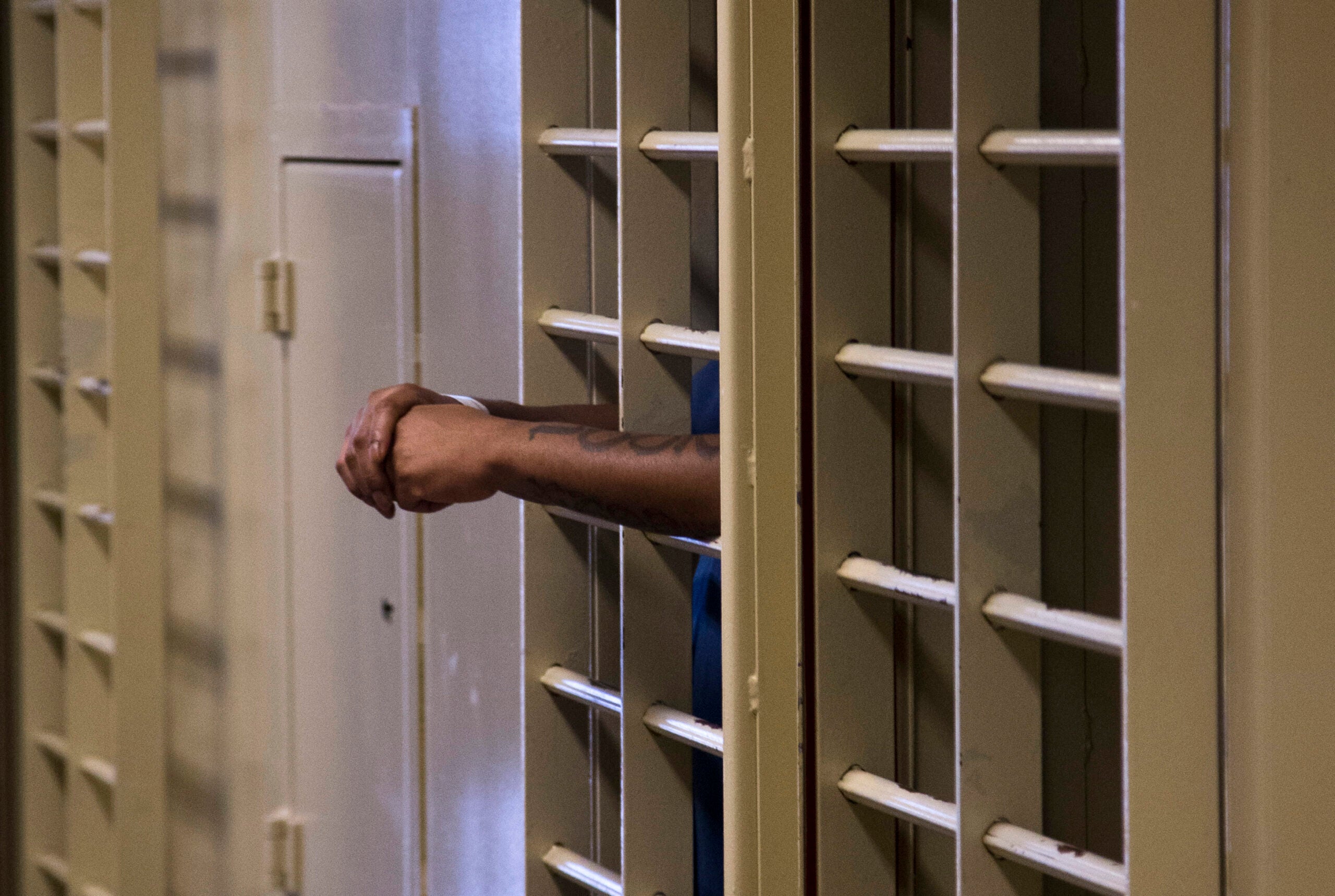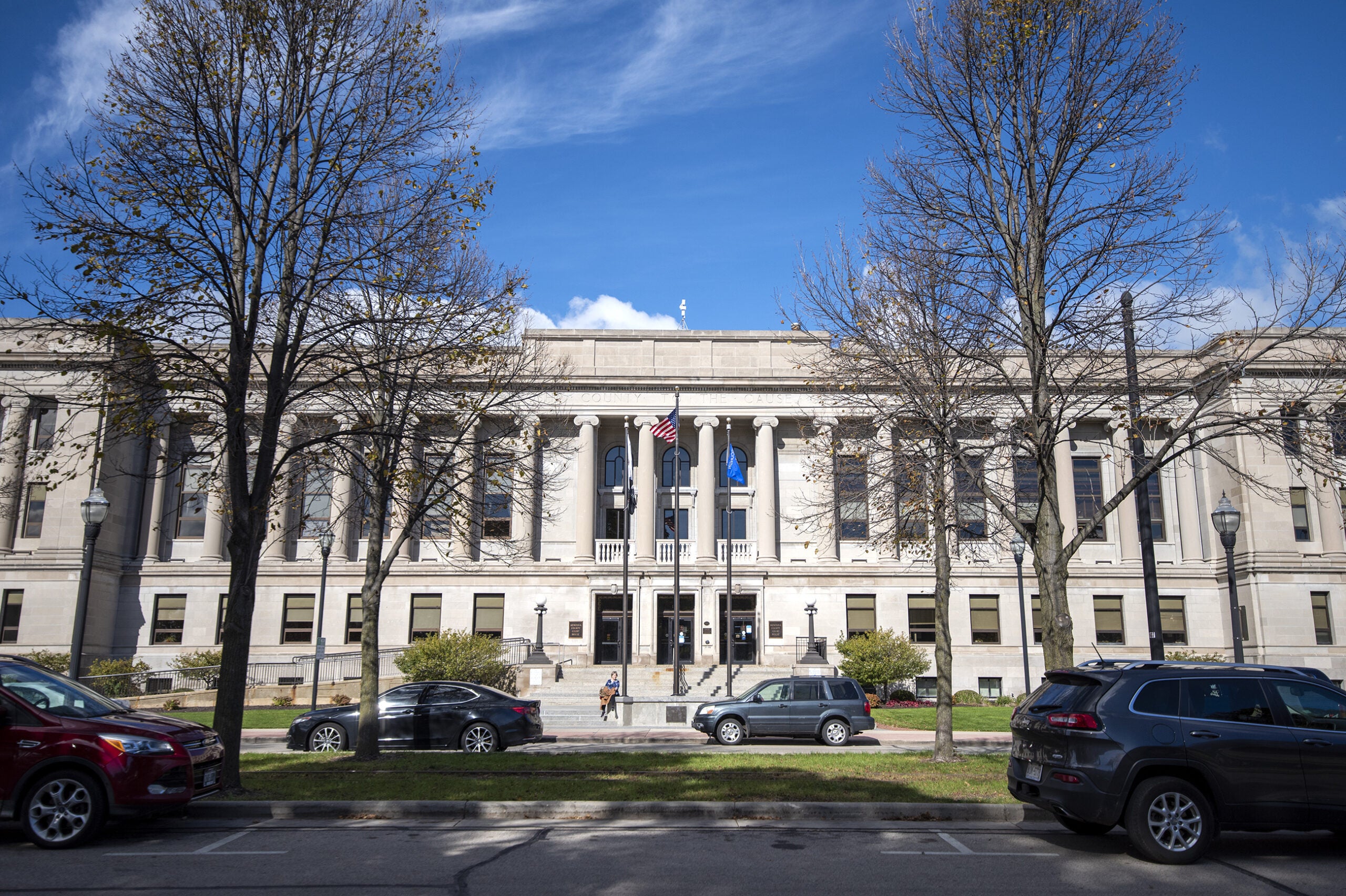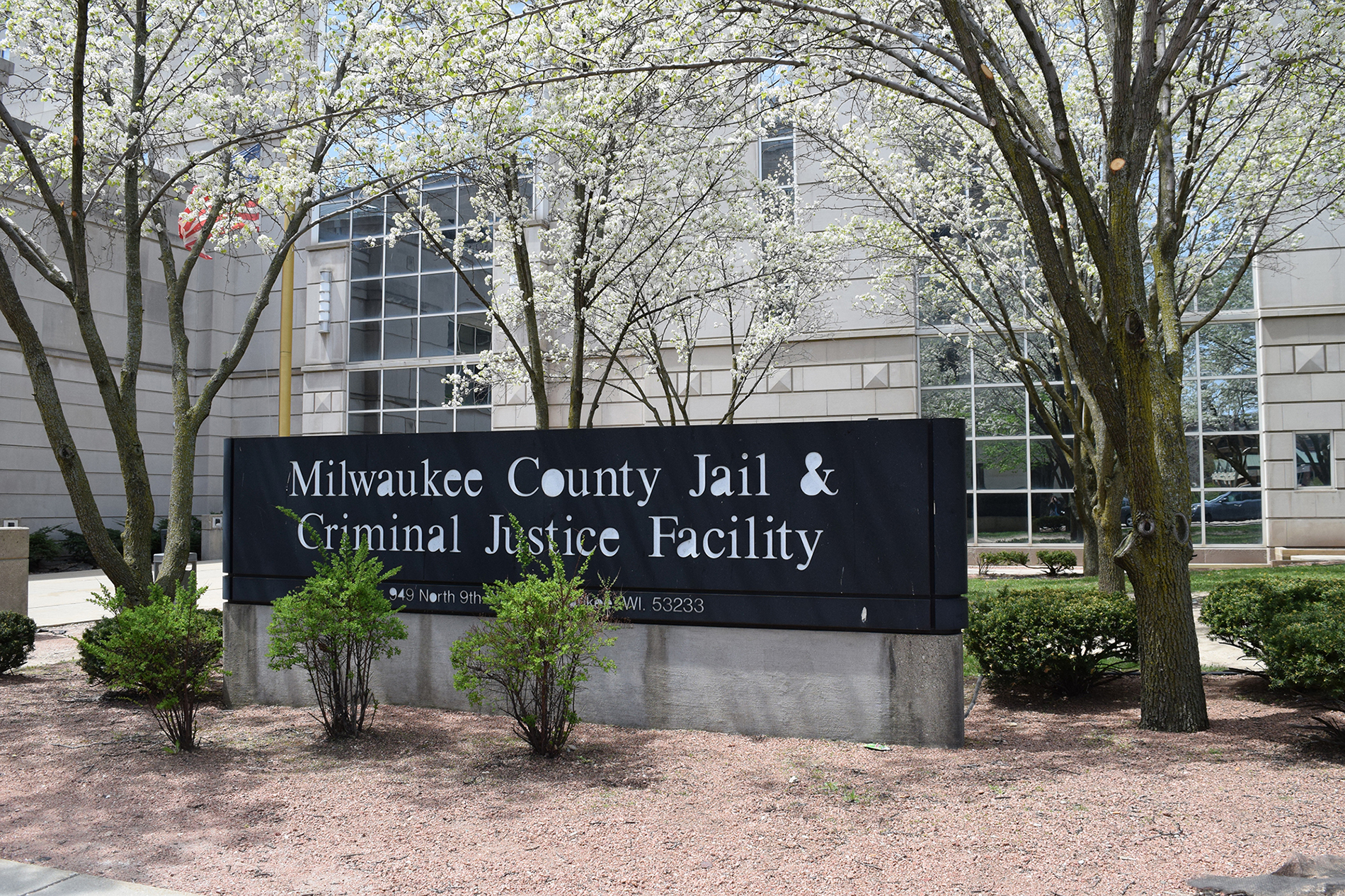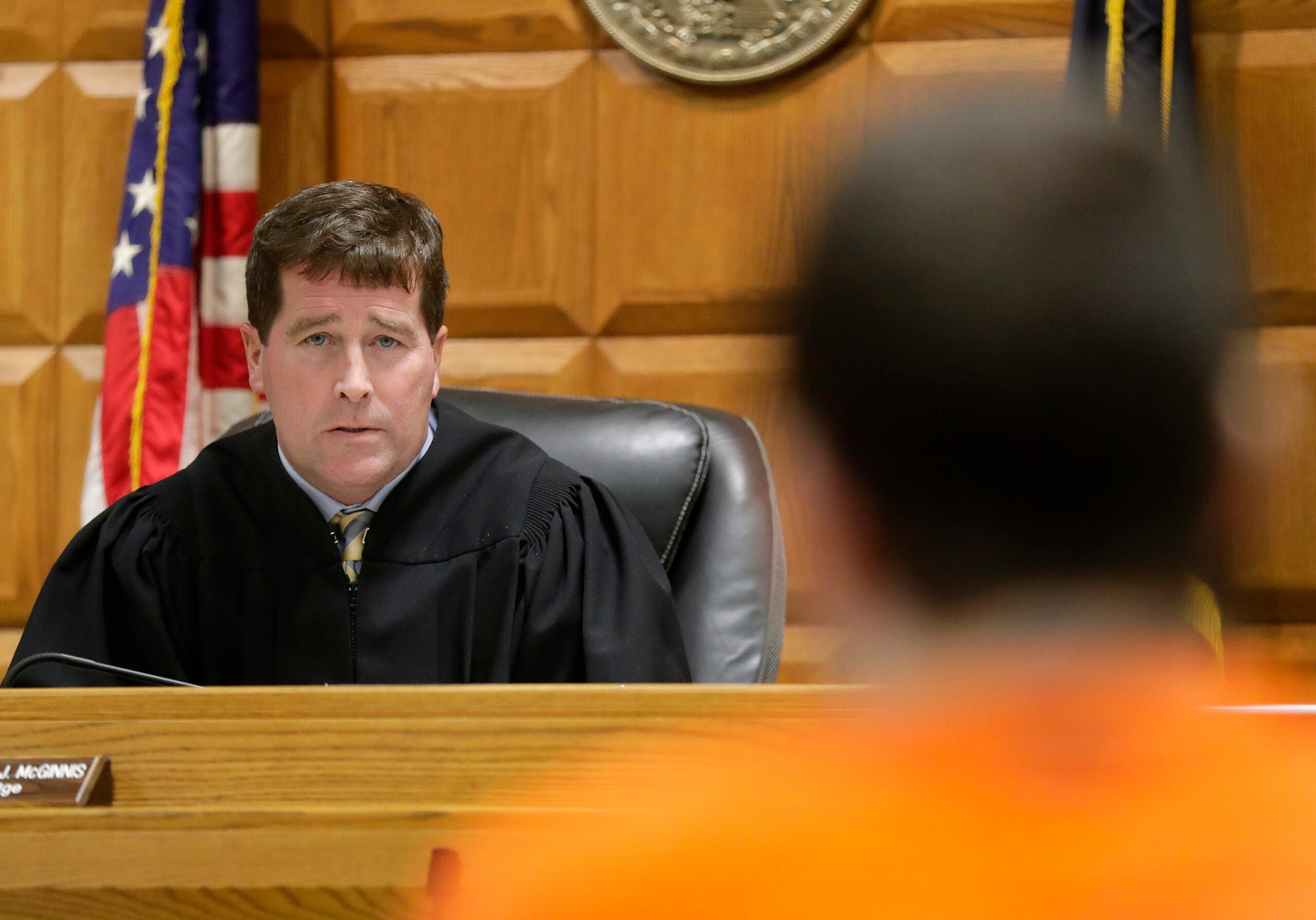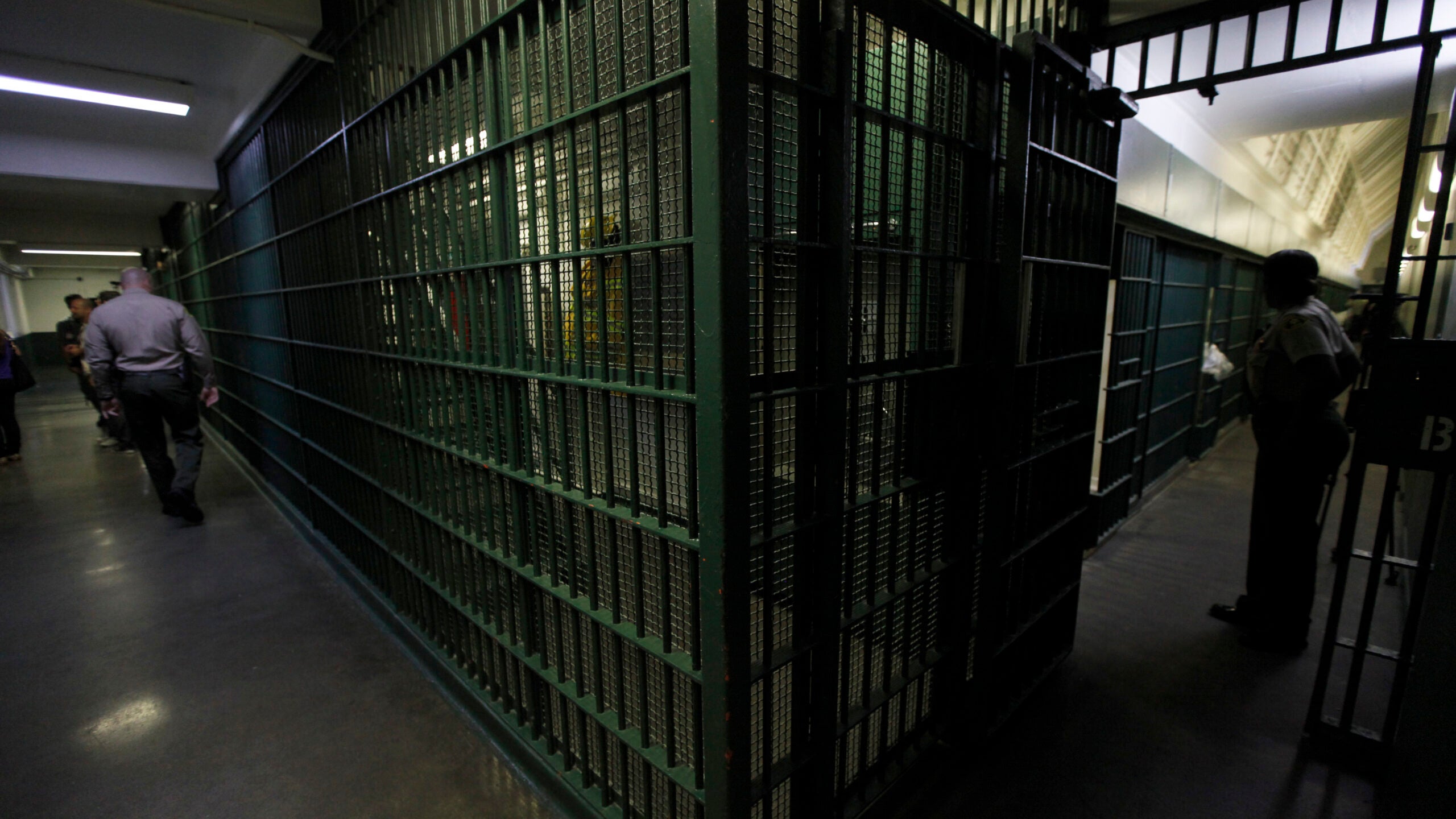Four counties will receive $320,000 from The Wisconsin Department of Justice to develop a model that helps people transition back to their community once they’re released from jail.
The state is funding pilot projects aimed at reducing recidivism with money from the federal Byrne Justice Assistance Grant program.
Those released from jail or prison can struggle to find housing, employment or treatment, said Bayfield County Sheriff Paul Susienka.
Stay informed on the latest news
Sign up for WPR’s email newsletter.
“There are people who serve time in jail who when released are pretty well set. They have a home. They may have a job. They may have a family. They’re fairly well-prepared. There are others who are not. They have absolutely nothing. They have no idea where they (are) even going to go when they’re released,” he said. “We want to help with that … to see that they at least have a chance of avoiding further problems.”
Bayfield County is one of four counties that have been notified they could receive up to $80,000 each year once contracts are finalized. The projects are part of a broader effort by the Wisconsin Criminal Justice Coordinating Council through the Evidence-Based Decision Making Initiative. The effort aims to use evidence-based strategies to make improvements to the criminal justice system.
The pilot projects are an effort to build resources for counties that have a more difficult time providing staffing and resources to improve reintegration outcomes in local communities, according to a Wisconsin Department of Justice employee familiar with the effort. Counties may use the money to go toward funding staff, travel, training or costs of running the projects. The goal is to connect people with resources to improve their chance of success after incarceration.
“For example, if there was employment availability, try to align them with that. If they were receiving drug treatment or counseling in jail, we’d line them up with a facility to continue that when they’re released,” said Susienka. “We’d want to have a plan on where they might reside, where they’re going to be, have they got suitable housing and try to direct them to an environment that would give them the highest likelihood of refraining from criminal activity or drug use.”
Around 11 million people are admitted to local jails nationwide each year, according to most recent figures from the Bureau of Justice Statistics within the U.S. Department of Justice. The state intends to fund the effort for up to four years depending on project performance and availability of federal funds. The projects will be evaluated on their effectiveness with hopes of replicating them in other counties.
Wisconsin Public Radio, © Copyright 2024, Board of Regents of the University of Wisconsin System and Wisconsin Educational Communications Board.

